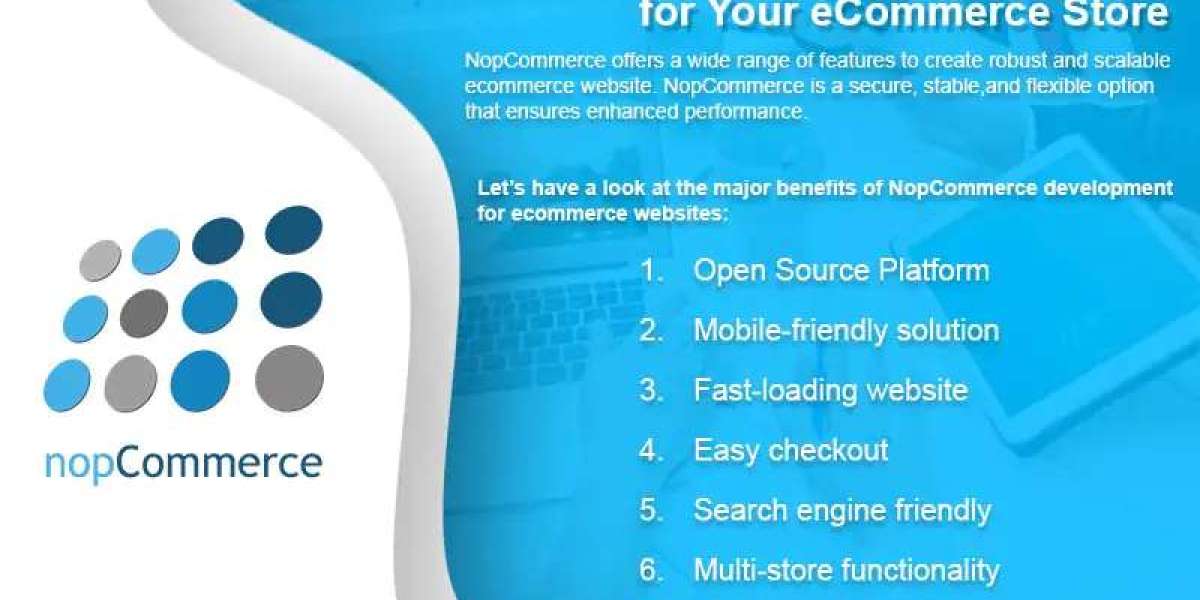Audiovisual (AV) solutions play a crucial role in facilitating communication, collaboration, and productivity in remote work environments. As more organizations adopt flexible work arrangements and remote collaboration tools, the demand for AV solutions that enable seamless virtual communication and collaboration continues to grow. Let's explore how AV integration is transforming remote work environments:
Video Conferencing Systems: AV integration includes video conferencing systems that enable remote teams to conduct virtual meetings, collaborate on projects, and communicate effectively in real-time. High-definition cameras, microphones, and speakers deliver clear audio and video quality, ensuring that remote participants can see and hear each other clearly. Video conferencing systems support features such as screen sharing, document collaboration, and virtual backgrounds, enhancing collaboration and engagement in remote meetings.
Collaboration Platforms: AV integration encompasses collaboration platforms that provide remote teams with centralized access to communication tools, project management software, and document sharing platforms. Unified communication platforms, such as Microsoft Teams and Zoom, integrate video conferencing, instant messaging, and file sharing capabilities into a single interface, enabling seamless collaboration across distributed teams. Collaboration platforms promote transparency, accountability, and efficiency in remote work environments, enabling teams to collaborate effectively regardless of geographical location.
Interactive Whiteboards and Digital Flipcharts: AV integration includes interactive whiteboards and digital flipcharts that enable remote teams to brainstorm ideas, visualize concepts, and collaborate on presentations in virtual meetings. Interactive displays, touchscreen monitors, and digital pens allow participants to annotate slides, sketch diagrams, and interact with content in real-time, fostering creativity and engagement in remote collaboration sessions. Interactive whiteboards facilitate ideation, problem-solving, and decision-making processes, empowering remote teams to collaborate more effectively.
Virtual Meeting Rooms and Huddle Spaces: AV integration encompasses virtual meeting rooms and huddle spaces that recreate the collaborative environment of physical office spaces in remote work environments. Virtual meeting rooms use video conferencing technology, interactive displays, and collaboration tools to simulate face-to-face interactions and facilitate spontaneous conversations among remote team members. Huddle spaces equipped with AV technology provide remote teams with dedicated areas for informal meetings, brainstorming sessions, and quick collaboration, enhancing team cohesion and productivity.
Remote Training and Professional Development: AV integration includes remote training and professional development solutions that enable organizations to deliver interactive and engaging learning experiences to remote employees. Webinars, virtual classrooms, and e-learning platforms leverage AV technology to deliver live and on-demand training sessions, workshops, and certification programs to remote learners. Remote training solutions support interactive Q&A sessions, quizzes, and group discussions, facilitating knowledge sharing and skill development in remote work environments.
Remote Monitoring and Management: AV integration encompasses remote monitoring and management solutions that enable IT teams to monitor, troubleshoot, and manage AV systems and devices in remote work environments. Remote monitoring tools provide real-time visibility into the performance, health, and status of AV equipment, enabling proactive maintenance and troubleshooting. Remote management platforms enable IT teams to configure settings, update firmware, and perform diagnostics on AV devices remotely, ensuring optimal performance and reliability in remote work environments.
Security and Compliance: AV integration addresses security and compliance requirements in remote work environments by implementing encryption, authentication, and access control measures to protect sensitive information and ensure data privacy. Secure video conferencing protocols, endpoint encryption, and multi-factor authentication mechanisms safeguard remote communication and collaboration from unauthorized access and data breaches. Compliance with regulatory standards, such as GDPR and HIPAA, is ensured through adherence to security policies and procedures that govern the use of AV technology in remote work environments.
By leveraging AV integration, organizations can create productive, collaborative, and engaging remote work environments that enable teams to communicate, collaborate, and innovate effectively regardless of geographical location. Whether through video conferencing systems, collaboration platforms, interactive whiteboards, virtual meeting rooms, remote training solutions, remote monitoring and management tools, or security and compliance measures, AV technology empowers remote teams to work smarter, faster, and more collaboratively in today's digital workplace.
Get More Information Here:- https://livepositively.com/audio-visual-design-software-for-architectural-visualization/







